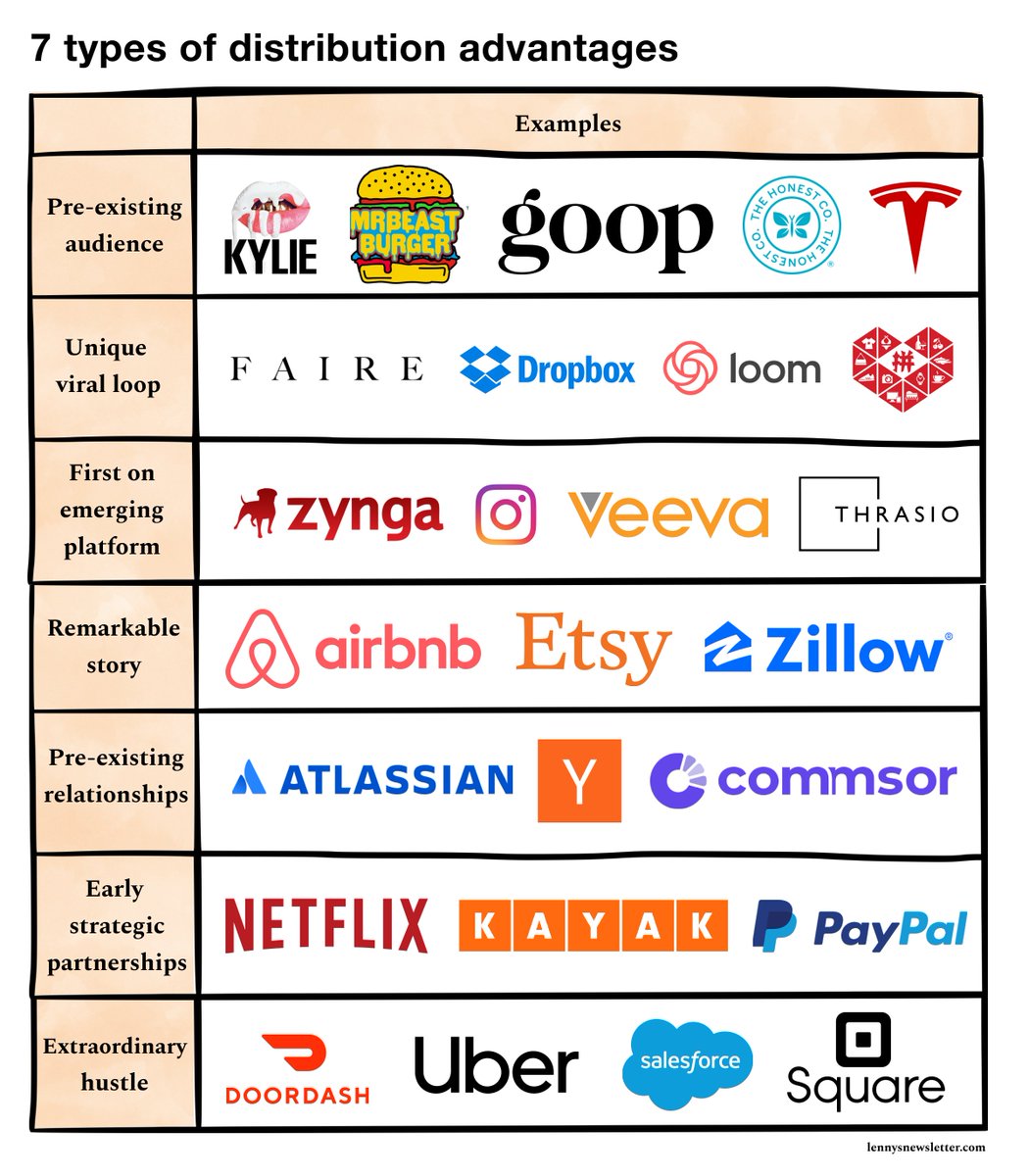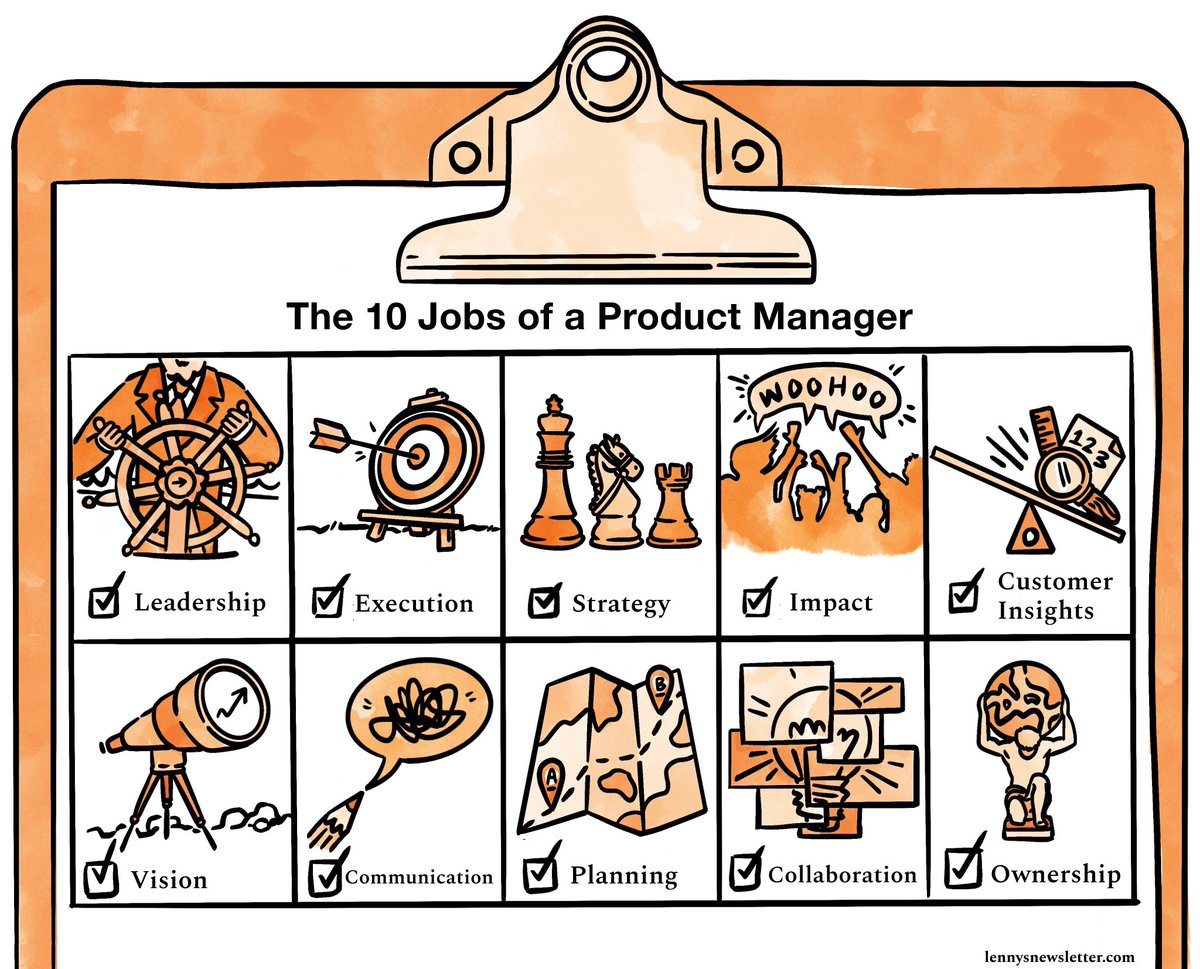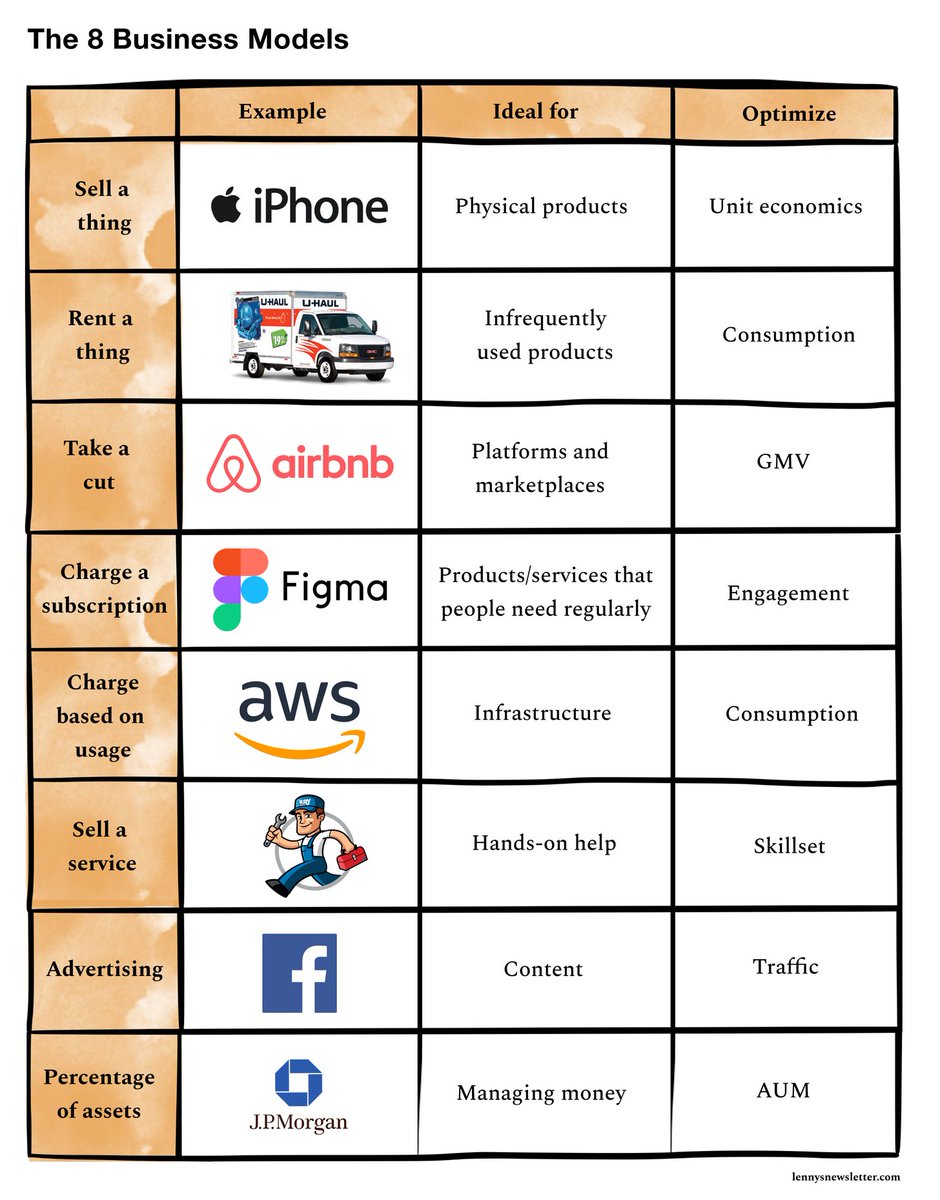
Hiring is hard. I asked a bunch of founders who are crushing it at hiring what they believe contributes most to their hiring success. Five consistent themes emerged:
1. Captivating vision
2. A++ early team
3. Putting in the work
4. Founder’s network
5. Pitching prowess
*Read on*
1. Captivating vision
2. A++ early team
3. Putting in the work
4. Founder’s network
5. Pitching prowess
*Read on*
1/ Captivating vision
“Articulating a crystal clear and ambitious vision makes it easy for candidates to visualize what they are building towards for the next five years.” — @ktizzel_, @Snackpass
“Articulating a crystal clear and ambitious vision makes it easy for candidates to visualize what they are building towards for the next five years.” — @ktizzel_, @Snackpass
2/ A++ early team
“The best talent wants to work with the best talent. It will be very tempting to bring someone on if they are in front of you and ready to go, but it will have longer-term negative consequences.” —@nick_handel, @transformio
“The best talent wants to work with the best talent. It will be very tempting to bring someone on if they are in front of you and ready to go, but it will have longer-term negative consequences.” —@nick_handel, @transformio
3/ Putting in the work
“Be prepared to commit ~100 hours for each hire you make. Interview a lot of people. Ask your network for introductions. Reach out to people on LinkedIn. Get creative on how you source candidates. There are no shortcuts.” —@SamCorcos, @Levels
“Be prepared to commit ~100 hours for each hire you make. Interview a lot of people. Ask your network for introductions. Reach out to people on LinkedIn. Get creative on how you source candidates. There are no shortcuts.” —@SamCorcos, @Levels
4/ Founder’s network
“Our first hire came from my first company, our third hire from our investors, the next hire from my co-founder’s last company, and the next few came from referrals and inbound candidates.” —@blader, @runwayco
“Our first hire came from my first company, our third hire from our investors, the next hire from my co-founder’s last company, and the next few came from referrals and inbound candidates.” —@blader, @runwayco
5/ Pitching prowess
“We see the actual offer stage as a big place you can stand out. We do a Zoom to surprise the candidate with everyone from their interview panel to share why they’re excited about the candidate potentially joining.” —@juliannaelamb, @stytchauth
“We see the actual offer stage as a big place you can stand out. We do a Zoom to surprise the candidate with everyone from their interview panel to share why they’re excited about the candidate potentially joining.” —@juliannaelamb, @stytchauth
6/ The five themes above came through the strongest when talking to these founders but there was also some ad-hoc tactical advice that I loved:
7/ "Use any unfair advantages in your network. Snackpass is close to college campuses so we had exclusive ‘deal flow’ that other companies didn’t. We'd directly recruit from our users, which had the benefit that they understood and loved the product.” — @ktizzel_, @snackpass_
8/ "Create an economic outcomes Notion doc that (1) outlines the structure of the market and how we value the opportunity, (2) a Gradient of Potential Outcomes that walks through various end-state scenarios, (3) compare their current TC to our package." —@IamBrandonHill, Vori
9/ “Make specific asks. When you tap your network, most people make vague requests for introductions. You’re much more likely to get positive results if you make specific asks. What’s the specific persona you’re looking for? How many people?” —@SamCorcos, @Levels
10/ Much more in this week's newsletter post lennysnewsletter.com/p/early-stage-…
• • •
Missing some Tweet in this thread? You can try to
force a refresh









